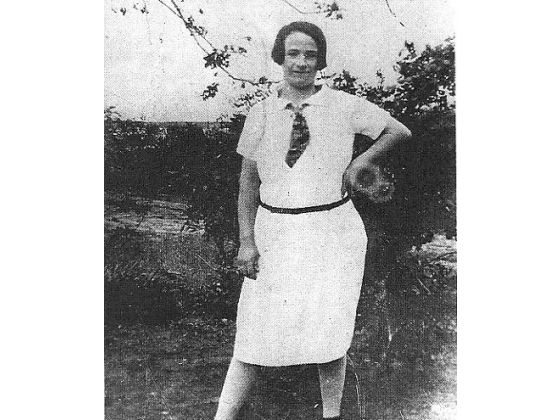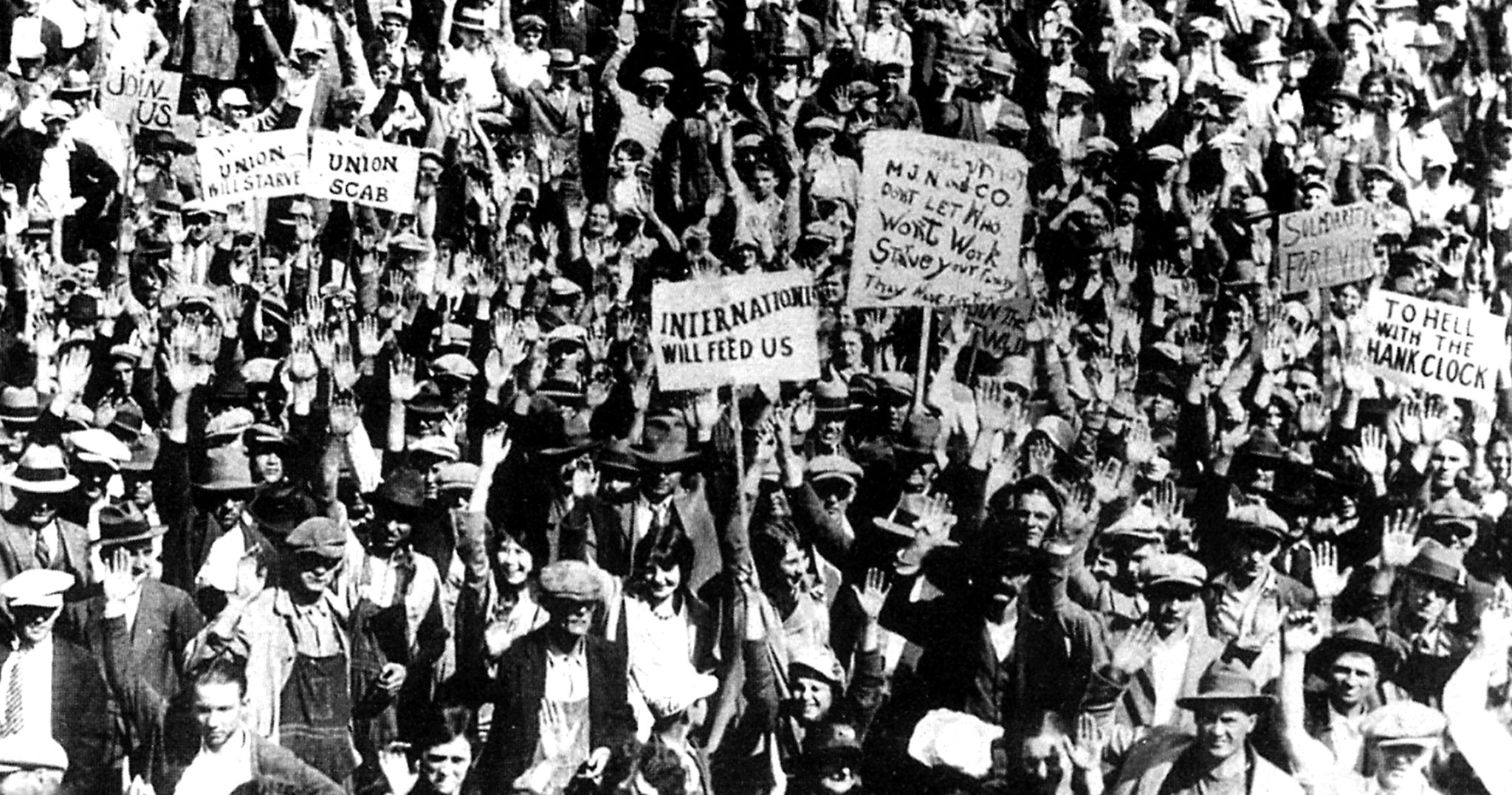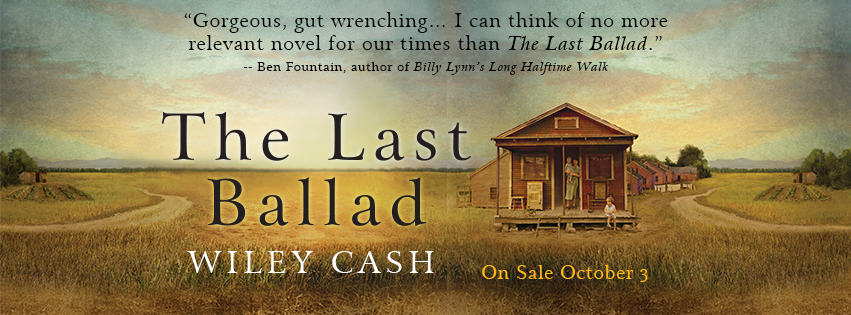“The deeper you penetrated into the true South, a Protestant land of moral absolutes, Baptist blue laws, tent revivals, fire and brimstone, heaven and hell, good and evil, black and white, and damn little room between.” Greg Iles, The Bone Tree
And bitter hypocrisy thrown in for good measure.
According to a “too large” number of my Southern brethren, racism hasn’t existed in a while…and if it does it is reverse racism. All groups supporting social justice and the removal of monuments and flags are Marxist and radical, and the worst danger facing our country has nothing to do with the reactionary right. Our President has even given us a new group to hate, the “radical fascist” which sets my teeth on edge just thinking about it.
Histories are written by the victors…or are they?
In the middle of the Sixth Century, the last great ancient Western historian, Procopius of Caesarea, wrote Historia Arcana which translates to The Secret History. He hoped it would never be published, and it was not until well after his death. It was to be his if needed, ‘get out of jail’ card.
The history chronicled the seedier sides of Byzantine Emperor Justinian, and his wife, Empress Theodora. It is not a glowing history and shows the author’s disillusionment with the Byzantine Empire. Justinian is portrayed as cruel and incompetent, Theodora, vulgar, and lustfully insatiable. I feel some of Procopius’ disillusionment today.
No, it is not the history Theodora and Justinian would want to be published and it was not published until nearly a thousand years later. The sixth-century power couple would go on to be sainted by the Greek Orthodox Church. Their hidden history remained hidden until it no longer mattered.
I have seen the same with some of our own “sainted” folk. The heroes of Southern culture and heritage. In the South, we guard our “historia arcana” with a tenacity unmatched by the rest of our nation. Families of now-departed men and women hope their histories remain secret.
I’m reading Greg Iles’ Natchez Is Burning trilogy and stumbled upon the above quote on the first page of the second novel, The Bone Tree. The original book, Natchez is Burning, while fictional, is based on a period in our history that anyone south of the Ohio River would like to forget.
The novel is fictional but based upon historical facts…the treatment of African-Americans during the Fifties and Sixties and how white men got away with the murder of black men and women simply because they could. A period we are being asked to move on from without recognizing how evil it was or how events from forty or fifty years ago…or one hundred and sixty years ago…or four hundred years ago could actually affect the time we live in now. Just move on…there is nothing here.
Any Southern town, large or small, has its share of “secret” histories…histories that display our dirty unmentionables, the soiled petticoats displayed as we try to navigate the deep mud puddles of Southern history before quickly dropping our antebellum gown to cover our ankles and muddy shoes. Like Justinian and Theodora, it is a history we would prefer not to read in print and only speak to in whispered tones if we speak of them at all.
The mud stains are still on our shoes but we do our best to make sure they are out of sight. Historical accounts we have purged from our memories it seems…or at least the “dark” part of our histories. Histories so well hidden, a Southern, seventy-year-old retired history teacher didn’t know they existed.
Accounts we claim never existed at worse or were not as bad as were made out at best. “Why can’t we just move on?” is a question reserved for the propagator, not the victims. Maybe I should again pick up Faulkner, O’Conner, Williams, Yerby, or Gaines again. Even in their fiction are large kernels of truth.
Men and women are human, with human failings. Men and women can be both good and bad at the same time. Bad…good old Baptist guilt or Calvinist repression, not necessarily the point. This is more collective guilt…a collective guilt we refuse to accept or acknowledge. The guilt we have turned into a “Lost Cause” and “Forget Hell” is only reserved for one side of the argument.
As we debate the removal of statues and memorials, the elimination of one hundred and sixty-year-old eulogies made of cloth, disclaimers added to eighty-one-year-old motion pictures, and the changing of aging athletic nicknames and mascots, we pontificate about what seems to be different histories from the same place and from the same time. Some pray to the gods of the status quo, the good old days, while others are breaking under the burdens we refuse to remove.
Good men doing bad things or is it bad men doing good things…or is it just human nature to cover or change what is unpalatable for us? Is it human nature to resist change or just a Southern cultural trait?
There is the fear factor too. Fear that somehow we will lose control of what we have controlled for so long. Similar to the old question asked by good Protestant ministers so long ago, “What will we do when they run off with our wives and daughters?” We still look for boogie men under our beds and label them as Marxist or radically “fascist” whatever that is.
I do not know where to stand on statues and memorials. I know, despite my deep Southern roots, I will not stand next to them in defense. My great, great and great, great, great grandfathers may be rolling in their graves.
Our statues and memorials are tributes to men and to histories most unsavory but they themselves are not history. They should not be celebratory, should they? They are reminders of not only heritage but the hate some of that heritage rests upon.
Having taught history, I never used a statue or memorial as a teaching tool but that doesn’t mean they can’t be used as teaching implements…provided those monuments are teaching the “real” histories which are found not on lists of gallant Confederate dead etched in stone or on mountains, but in the pages of primary documents and historical works.
We must focus less on gallant propaganda and more on the facts. We need to recognize that our history didn’t end with the beginning of the Civil War. We need to question why some men died to “make men free” and why others resisted…no matter how bitter the taste of the fruit of that resistance might be.
All countries have shame. We are not unique. Many countries have tread on the weak for national and economic gain. We are no different. We are not even the only country that has not come to grips with the travesties we have committed. We are not the only country to ignore our travesties and attempt to squash the message of those tread upon. Unfortunately, as a child in the Fifties, I bought the propaganda of American Exceptionalism. I really believed we were supposed to be better than other nations.
I admit to ignoring problems in hopes they might go away. They do not. They only grow worse and ours has festered for over one hundred and fifty years. I have also learned when faced with an issue, the most unappealing and unappetizing option is probably the correct one.
Here in the Bible Belt, we are filled with religious indignation and justification toward anyone who questions authority…unless it is a fellow Christian of a certain race. It is as if by conforming to a God’s will we give up the right to think on our own.
Here in the Bible Belt, we have tied our Christianity to our politics, and any afront to our politics is perceived as an affront to our religion. I am seeing this more and more concerning “peaceful” protesters and reactions to “other” religions. Too many “good” Christians wrapping their Bible in a flag and calling their racism and bigotry patriotism.
As I read Iles’ quote I thought back to my youth and own privilege. I grew up a Methodist Protestant, graduated from a Lutheran institution of higher learning, and committed the mortal sin of marrying three Baptist women. If at first, you fail…. I once considered taking up the mantle of religion…God does work in mysterious ways. It is my historia arcana.
Moral absolutes were something I obviously had a problem with as did others. I have just now learned others did a better job of covering theirs up and have throughout history. In towns large and small, men and women have been willing to hide their moral absolutes away when it suited. Good men and women doing bad things and praying for absolution on Sunday morning? Justinian and Theodora? Or was I just cursed with the ability to see grays in among the blacks and whites?
I remember the revivals and the Blue Laws, the hellfire and brimstone sermons conjuring the smell of sulfur. Hot and sticky Southern Sunday morning humidity with funeral fans working against the oppressive heat. The preacher pounding his Bible before issuing his alter call, a closing hymn…benediction, please.
There was no gray, only heaven or hell, no in-between. I remember the Wednesday night and Sunday morning Christians, the amen corners, the tv evangelist, and faith healers. Billy Graham’s piety on display in black and white while George Beverly Shea sang “How Great Thou Art.”
I remember being taught from the pulpit, white was good and black was bad. When white was virtuous and black was evil. I remember when we used the same arguments a lifetime ago that we recycle now. I remember our historia arcana and feel the shame that we can’t seem to overcome it or even admit it.
***
Iles, Greg The Bone Tree: A Novel (Penn Cage Book 5) (p. 1). William Morrow. Kindle Edition
The image is from The Smithsonian’s National Museum of African American History and Culture’s online portal. https://nmaahc.si.edu/
Don Miller writes on various subjects that bother him so and in various genres. His author’s page is https://www.amazon.com/Don-Miller/e/B018IT38GM?fbclid=IwAR2syCHGI2Eb96lK63frT528V_cBY995j2m_hd_LOLFPdV4KqqoZQn1J7Fs





